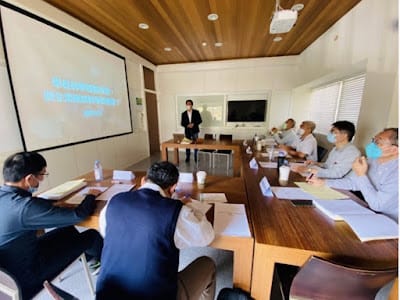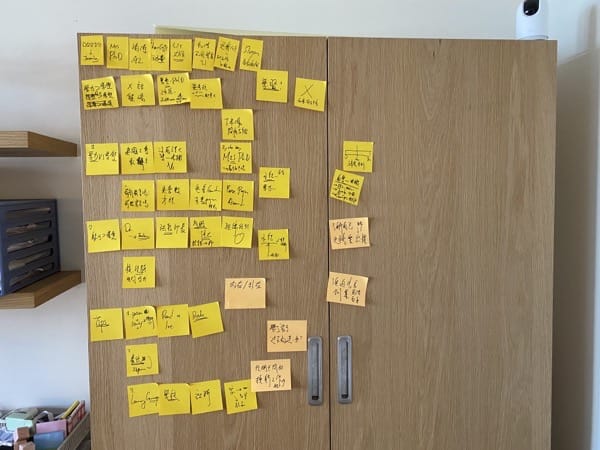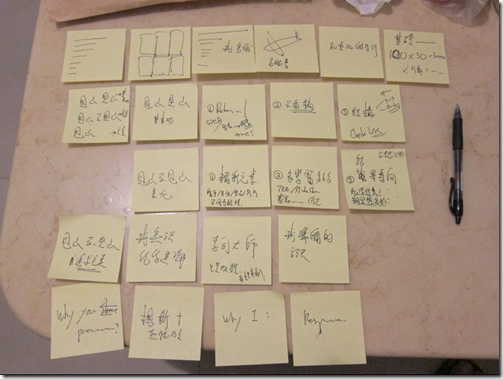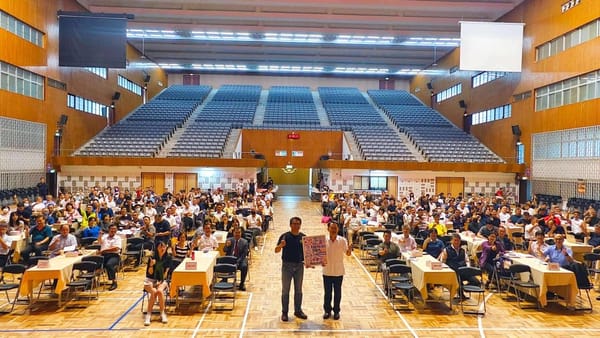Academic Paper Presentation Skills (1) - Presentation Goals

A while ago, I dedicated a substantial amount of time to complete my doctoral dissertation, and I successfully defended it in my oral examination! (Cue the confetti!). The presentation of a dissertation is, of course, a crucial aspect of the process. My dissertation was a whopping 460 pages long, employing a qualitative research approach. Throughout the journey, aside from the extensive literature review, there were numerous verbatim transcripts to showcase (a total of 160,000 words of original interview data). Moreover, given that I employed grounded theory analysis, there were phases involving open coding, axial coding, selective coding, and the ultimate process of theory model development. Not to mention the rigorous academic standards set by my advisor, Vice President Fang Guoding, which required a meticulous explanation of every step, including data triangulation, schema transformation, the connection between instructional methods and schema, and finally, the derivation process of the Triangle Learning Theory. Just by reading this, you can probably imagine the considerable challenges that came with presenting this academic dissertation!
However, what made me immensely happy was that, at the conclusion of the oral presentation, one of the examining professors said:
"This dissertation presentation was quite interesting. I initially thought it would be very dry and boring, but you explained it very well."
Ah! I did invest a lot of time in preparing this presentation! The truth is, I had to spend even more time to complete the research itself. I also hoped that within the limited time frame of the oral defense, the examining professors could understand and appreciate the value of this research. Ultimately, I was delighted to receive their approval!
So, how did I do it? As a presentation coach with expertise in professional presentation skills, how did I apply presentation techniques to transform this academic content into an engaging presentation, striking a balance between academic rigor and avoiding tedium?
Traditional Dissertation Presentations
Think back to your impression of traditional academic dissertation presentations. Do you recall a slew of professional jargon and charts? Data being copied and pasted? References filling up an entire page? Spending an entire hour just to cover the first three chapters? Even after the dissertation presentation, the examining committee still couldn't understand? And then, they ask even more questions...
"Isn't this how academic dissertation presentations are supposed to be? Or is there another way?"
(Mysterious voice: "If the professors can't understand it, they won't ask me questions... Is that the idea? XD")
The Purpose of Academic Dissertation Presentations
Before delving into creating your academic dissertation presentation, let's pause for a moment to consider why we need these presentations in the first place. After all, your thesis or research proposal is already complete and has been submitted to your professors or committee members. Theoretically, they could read it themselves, and for academic writing, reading might be more efficient than listening. So, why the need for us to stand up and present?
From the perspective of a presentation coach, an educational instructor, and a recent Ph.D. graduate, I believe there are three primary objectives:
1.Condensing Key Points for Quick Understanding:
Doctoral dissertations can range from a hundred pages to several hundred pages or more. In my case, conducting qualitative research using grounded theory meant transcribing a staggering 160,000 words of interview data. When you factor in literature reviews, analysis, conclusions, and appendices, it can easily approach 500 pages! While committee members typically receive a copy of your thesis before the presentation, considering their busy schedules, you should assume they may not have had the time to read it thoroughly. In this context, the first crucial objective of your presentation is to condense the key points of your research, enabling committee members to swiftly grasp the essence of your months or years of work.
2.Demonstrating Academic Rigor:
Academic presentations must convey a sense of academic rigor. This means meticulously following the established format and structure of academic research. Dissertations and research papers adhere to specific formatting standards, from the introduction and literature review to the methodology, results, discussion, conclusion, and recommendations. Your presentation should reflect this rigor while avoiding monotony and tedium.
3.Emphasizing the Significance of Research Findings:
One aspect often overlooked by many researchers is emphasizing the significance of their research findings. While extensive attention may be devoted to explaining the research's motivation and objectives (Chapter 1) and diving deep into literature reviews (Chapter 2), significant time is sometimes allocated to explain the research process (Chapter 4), and then, due to time constraints, the discussion is hurriedly concluded (Chapter 5). This approach might seem somewhat misplaced. Therefore, you must prioritize emphasizing the importance of your research findings. Every aspect of your presentation should ultimately highlight the significance of your research.
Conclusion
In conclusion, before crafting your academic dissertation presentation, it's essential to understand its purpose: condensing key points, demonstrating academic rigor, and emphasizing the significance of research findings. While these perspectives are based on my experience in education, coaching, and my specific research area, they offer a starting point for approaching presentations across various fields and contexts, allowing for effective interdisciplinary communication.




